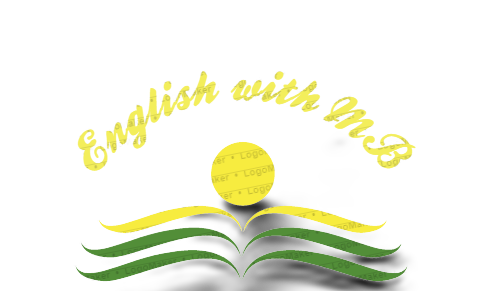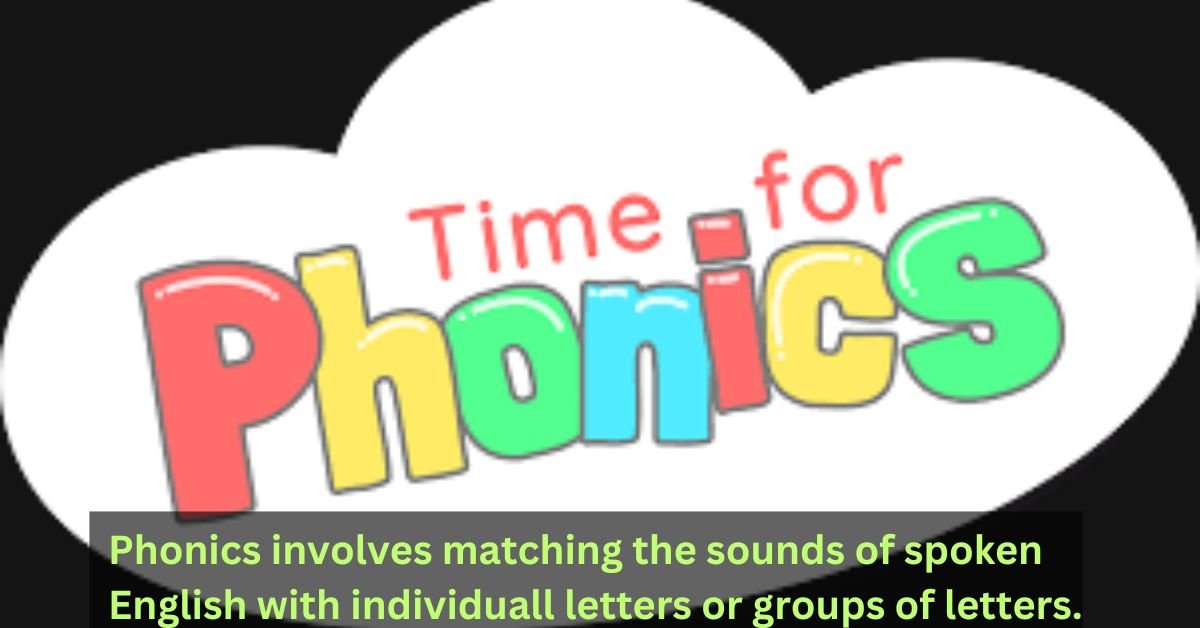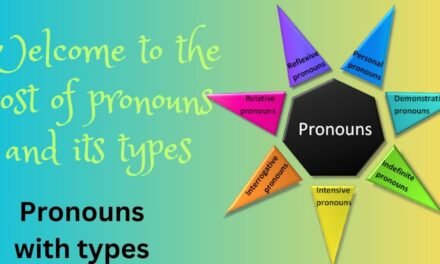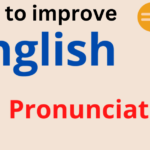Have you ever wondered how those squiggly letters on a page transform into spoken words? Phonics holds the key! It’s a powerful approach to teaching children (and adults!) how to read and write by understanding the relationships between letters and the sounds they make.
Here, we’ll delve into the wonderful world of phonics, exploring its different types, how it’s used, and the incredible benefits it offers for literacy development.
What are Phonics?
Phonics is like the magic decoder ring for reading and writing! It’s a method that teaches you the connection between the sounds we speak (phonemes) and the written symbols (graphemes) that represent those sounds.
Here’s phonics explained with some examples:
Phonemes
Imagine phonemes as the building blocks of spoken words. The /b/ sound in “bat” and the /p/ sound in “pat” are both phonemes.
Graphemes
These are the letters or letter combinations that represent the sounds we speak. The single letter “b” in “bat” and the combination “sh” in “shop” are both graphemes.
How Phonics Works in Action
Phonics instruction helps you crack the code between these sounds and symbols. Here’s how it plays out:
- Learning the Sounds: You start by learning the sounds of individual letters (like /b/, /c/, /d/) and letter combinations (like /sh/, /ch/, /th/).
Example: Imagine you’re learning the sound /a/. Your teacher might show you pictures of “apple” and “ant” and have you repeat the beginning sound in each word, helping you identify the /a/ sound.
- Blending Sounds: Once you know the individual sounds, phonics helps you put them together to form words.
Example: You might practice blending the sounds /c/, /a/, /t/ to form the word “cat.”
- Segmenting Words: Phonics can also help you break down words into their individual sounds.
Example: Looking at the word “dog,” you might segment it as /d/, /o/, /g/.
-
Putting it All Together: As you master phonics, you can use your knowledge of sound-letter relationships to:
Read Unfamiliar Words: By sounding out the letters (decoding), you can figure out how to pronounce new words you encounter.
Spell Words Correctly: Understanding the sounds associated with letters helps you write words accurately.
Exploring the Types of Phonics
1. Synthetic Phonics: Building Blocks of Words
Imagine phonics as a game of building with Legos. Synthetic phonics takes the same approach. Here’s how it works:
- Start with the Basics: Learners begin by mastering the sounds of individual letters (like /b/, /c/, /d/) and letter combinations (like /sh/, /ch/, /th/). Think of these as the individual Lego bricks.
- Putting the Pieces Together: Once comfortable with the sounds, learners practice blending them together to form words. This is like connecting the Lego bricks to build something new. For example, learning the sounds /c/, /a/, /t/ and then blending them to form “cat.”
- Example: Your teacher might show flashcards with pictures of “bus” and “sun,” focusing on the beginning sound /b/. They might then have you practice blending the sounds /b/, /u/, /s/ to form “bus.”
2. Analytic Phonics: Taking Words Apart
Analytic phonics flips the script! Instead of building words from sounds, it focuses on breaking down familiar words into their individual sounds. Think of it like deconstructing a Lego structure:
- Start with Whole Words: Learners start with words they already know visually.
- Sound it Out: They then segment the word into its individual sounds. For example, looking at the word “dog” and identifying the sounds /d/, /o/, /g/.
- Example: Your teacher might write the word “hat” on the board and ask you to clap or tap out the number of sounds you hear (/h/, /a/, /t/).
3. Analogy Phonics: Recognizing Patterns
Analogy phonics is all about spotting similarities. It helps learners recognize patterns in written words that share similar sounds and spellings. Imagine it like finding Lego sets with similar building blocks:
- Word Families: Learners discover groups of words that have a common sound and spelling pattern, like “cat,” “mat,” and “sat.”
- Identifying the Pattern: They learn to recognize the “at” spelling pattern as representing the /a/ sound in these words.
- Example: Your teacher might show you pictures of “bike” and “like” and point out the “ike” ending that makes the long “i” sound. They might then introduce other words like “pike” and “strike” to reinforce the pattern.
The Power of Combining Forces
While each approach has its strengths, most phonics programs incorporate elements of all three types. This well-rounded approach allows learners to:
- Build a strong foundation in sound-letter relationships.
- Develop decoding skills to sound out unfamiliar words.
- Improve spelling by connecting sounds to letters.
- Gain confidence as independent readers and writers.
Phonics: Turning Letters into Sounds, Easy as Pie!
Imagine you see a bunch of squiggly lines on a page, but you have no idea what they mean. Phonics is like a secret decoder ring that helps you crack the code and turn those lines into words you can understand! Here’s how it works, explained in a super simple way:
1. Letters Have Secret Sounds:
Just like animals have their own noises (meow for cats, woof for dogs), letters have special sounds they make. “A” might say /a/ like in “apple,” “B” might go /b/ like in “ball,” and so on.
2. Putting the Sounds Together:
Phonics teaches you how these letter sounds fit together like puzzle pieces. For example, if you know “C” says /k/ and “AT” says /at/, you can put them together to sound out “CAT.” Cool, right?
3. Breaking Words Apart:
Phonics isn’t just about building words, it’s also about taking them apart! You can learn to break down a word like “DOG” into its sounds: /d/, /o/, and /g/. This helps you understand how words are made.
4. Reading New Words Like a Pro!
The more you practice phonics, the better you get at figuring out new words you haven’t seen before. By sounding out the letters (like /p/, /i/, /g/), you can read “pig” without needing someone to tell you!
Phonics isn’t just for kids! Even grown-ups who are learning to read a new language can benefit from this method. It’s a fun and effective way to unlock the world of reading and writing!
By understanding the different types of phonics, you can unlock the magic of reading and empower yourself or your child on their literacy journey!
I have also written post on how to increase vocabulary,idioms and phrase. click the link and read in detail.










There is apparently a bunch to realize about this. I suppose you made certain nice points in features also.
I’m still learning from you, but I’m making my way to the top as well. I certainly love reading all that is written on your blog.Keep the information coming. I loved it!
Outstanding post, I conceive people should larn a lot from this weblog its rattling user friendly.